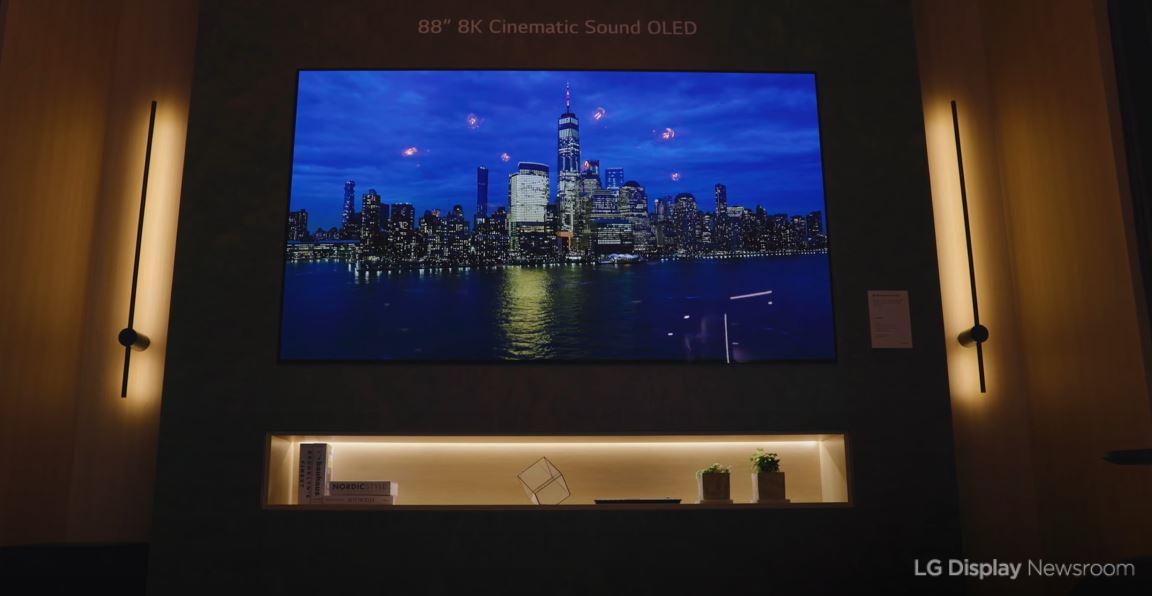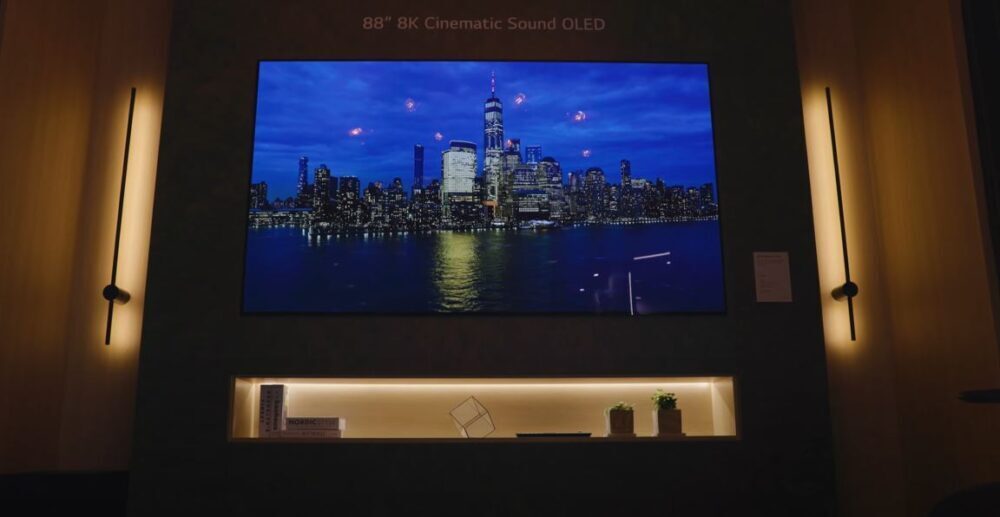By Alex Jensen –
The final quarter of 2021 is here, with all of its shopping festivities from Black Friday and Cyber Monday to Christmas – which have already begun. But aside from the anticipated surge in sales, we should really not be surprised to see that OLED TVs are sprinting towards the year’s finish line.

I say we shouldn’t be surprised because month after month, quarter after quarter, OLED TV’s growth has been astounding – so much so that the industry’s acceleration has become the new normal. Back in June, I asked whether OLED TVs were going mainstream. I concluded that they were, partly based on price competitiveness and partly because of a surge in shipments from 200,000 OLED TV panels shipped in 2014 to 4.5 million last year and a forecast of 7 to 8 million this year.
We then saw how OLEDs were accelerating despite a wider TV slowdown, before market watcher Omdia confirmed a major milestone in its analysis of this year’s second quarter – OLEDs took up more than 10% of the TV market for the first time. Their 11.7% share in Q2 not only represented some major in-roads in an LCD-dominated industry, but also was a near doubling of the 6.1% share OLEDs occupied during the same quarter last year. OLED TV shipments also increased by 169% on-year in Q2.
As we await the Q3 shakedown, Korean articles like this one have been asking whether we are seeing a TV market generation shift. One thing’s for sure, OLED TVs are making giant leaps – from smaller 48-inch options to those bigger than 80 inches as the market diversifies. Consider that cumulative OLED TV panel shipments from 2013 to July of this year reached 15.03 million, but Omdia expects this figure to be rising at more than 15 million per year in the foreseeable future – with more than 16 million OLED TV panel shipments forecast annually by 2027.
So, why and how would this be happening? OLED TVs have an obvious quality advantage because they feature self-emissive pixels. These offer picture quality supremacy along with major design benefits because there is no need for a backlight, allowing OLED TVs to be sleek and slim. Another major plus that was recently highlighted in this Newsroom is the eye protection offered by OLED, especially amid rising awareness of the importance of looking after one’s eyes in an era of ever-expanding screen time. I think many people would also be impressed by OLED’s eco-advantages.
Remember, OLED’s shining in a difficult market. Omdia expects TV shipments to fall 3.4% this quarter after an estimated 14.8% drop in Q3. Yet when we look at OLED TVs alone, the same market watcher has again revised up its forecast for this year. At the start of the year, Omdia expected 5.8 million OLED TV units to be sold in 2021. It upgraded that figure to 6.1 million units at the end of June. And as of the close of September, the latest forecast is that 6.5 million OLED TVs will be sold this year.
Still, with all the OLED demand in the world, you need to be able to reach the necessary supply. LG Display is the only manufacturer of OLED TVs, and it is evident that a major factor in the company being able to meet demand has been last summer’s start of OLED panel mass-production at LG Display’s Guangzhou plant. In addition to volume, this move has been particularly meaningful because it has allowed the company to further enhance the diversity of its OLED product portfolio.
With 19 companies all selling OLED TVs with panels made by LG Display, there should be many great sale events on the near horizon. I’m also really looking to checking out how the bigger picture emerges when we get to see the OLED panel shipment results for the second half of this year.










